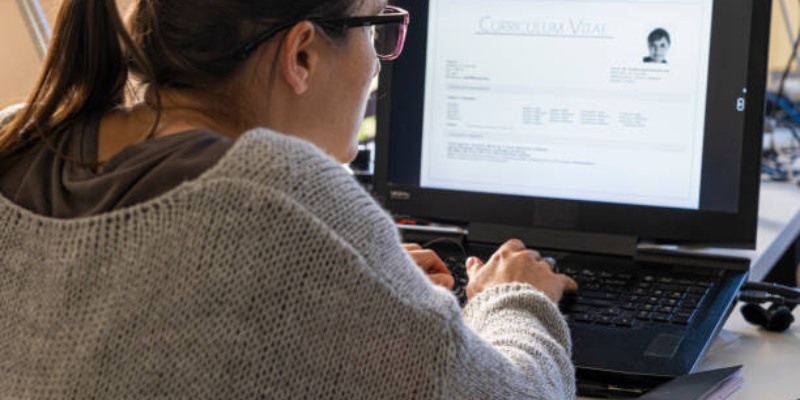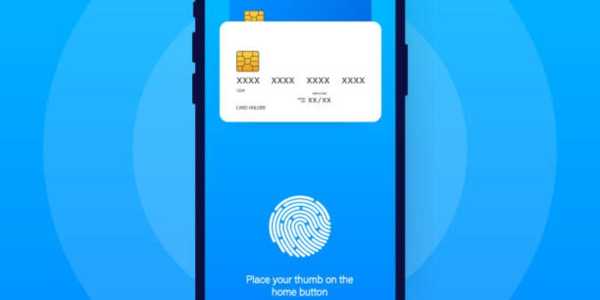Travel
How To Build A Portfolio With Certification Projects
Some people think having a certificate means they are ready for the job market. They show up with a PDF file, a LinkedIn badge, or a printed paper and expect companies to fall over themselves to hire them. However, things don't work that way anymore. A certificate is not a job. It is only a ticket. And what you do with that ticket matters more than the paper itself.
Some people think having a certificate means they are ready for the job market. They show up with a PDF file, a LinkedIn badge, or a printed paper and expect companies to fall over themselves to hire them. However, things don't work that way anymore. A certificate is not a job. It is only a ticket. And what you do with that ticket matters more than the paper itself.
Why Finished Projects Matter More Than Certificates
This is why it is essential to develop a robust portfolio featuring your certification projects. In today's world, it is not enough to say you learned something — you have to show it. You must prove it with tangible results and completed work. And no, class exercises and copy-pasted code don't count.

Many people obtain online certificates from popular learning platforms, which is beneficial. But then they stop there. They don't take it one step further to build something with what they've learned. They list certificates on their CV and wonder why nobody is calling them. Why would anyone trust a plumber who claims to have read 10 books but has never actually fixed a pipe?
So here's what a lot of people need to hear: If you're learning a skill — whether it's coding, design, marketing, data analysis, or even writing — you need to take the final projects from your certifications and build something tangible with them. Something people can see, click on, read, download, test, or use. That is how portfolios are constructed. Portfolios are what get attention now, not just certificates.
Use Your Final Projects as a Starting Point
Most certification programs include a capstone project as part of their curriculum. That's the big final task at the end of the course. It's often overlooked or rushed through to "complete" the program. But what if that final project became the seed for something bigger?
Instead of treating it like an exam, use it as your first real-world build. Take the idea and improve on it. Polish the design. Fix the errors. Add a feature. Make it beautiful. Make it something you’d be proud to show a future boss.
A good project doesn’t need to be complex. It just needs to be done well. A small calculator app, a landing page design, a market analysis report, a short social media strategy — whatever it is, let it reflect what you’ve learned and what you can do.
Show, Don’t Just Tell
One thing about serious people in the real world: they don’t have time for empty talk. You can say you “know Python,” “understand digital ads,” or “can build logos.” But the next question is always, where is your proof?
This is where many people lose out. They think certificates are proof. They are not. A certificate shows you passed a test. A portfolio shows you can deliver results.

So show your work. Upload your code on GitHub. Share your designs on Behance. Publish your writing on a blog. Record your marketing experiments. Make a slideshow of your research process. Document your methods, challenges, and the improvements you made.
People want to see your thinking, not just your finished product. They want to know how you solve problems. Not how well you score on a test.
Make It Easy to Find
Some people build great things but then hide them in dusty folders or buried links. That’s another big mistake. If you want your portfolio to help you get hired or noticed, it has to be easy to find, easy to view, and easy to understand.
Build a simple portfolio website, even if it's just a one-page site. Add your name, your skills, and your best 3 to 5 projects. Link to them. Include short writeups for each one. Say what problem it solved, what tools you used, and what the result was.
You can also use platforms like GitHub, Dribbble, Medium, or Notion to showcase your work. What matters is that it’s out in the open, not hidden away like a secret.
Quality Over Quantity
Some people believe that having more projects means a better portfolio. Not true. You don't need to build 20 rushed, half-done projects. You need 3 to 5 solid ones. Projects that make people stop and say, “Wow, this person knows what they’re doing.”
Hiring managers don't have time to scroll through 50 links. They look at your first two projects and make up their minds. So please give them your best work first. If a project feels weak or unfinished, remove it from consideration. A portfolio is not a storage unit. It's your shop window.
Keep Updating As You Grow
The certificate you earned last year was only valid for that year. But the world is moving fast. If you are not updating your portfolio, you're getting left behind.
As you learn new things, build new projects. Replace older, weaker ones with stronger ones. Try new tools, explore new styles, and solve new problems. Growth should be visible.
And don't forget to fix dead links, update your writeups, and clean up outdated work. Nothing says "lazy", like a broken portfolio link or a two-year-old project still labelled "coming soon."

Turn Small Gigs into Bigger Wins
If you're lucky enough to get small jobs or internships while learning, treat them like gold. Add them to your portfolio as well. Please explain what you did, who you did it for, what the goal was, and how it turned out.
Even if the work was unpaid, it still counts as experience. And experience is valuable. Sometimes, those small jobs teach more than any certificate ever will.
You can also turn freelance work, school assignments, or volunteer projects into portfolio items — as long as you deliver something practical and honest. The goal is to show action, not just learning.
Make the Work Speak for You
In a world full of noise, strong portfolios speak louder than long resumes. A hiring manager may skip your name, ignore your grade, and scroll straight to your work samples. That’s how serious the game has become.
People don't care how many courses you finish. They care about what you can do when a real problem is in front of you. They want to see if you can build, solve, create, test, write, analyze, or design something that works. Your certificate is your base. Your portfolio is your proof.
So stop waiting for someone to validate you. Use your certification projects to show the world what you can do — not what you learned, but what you built. And if you don't like what you built the first time, you can recreate it. Then again. And again.
That's how strong portfolios are built, not by listing certificates but by creating things that matter.
Trending










